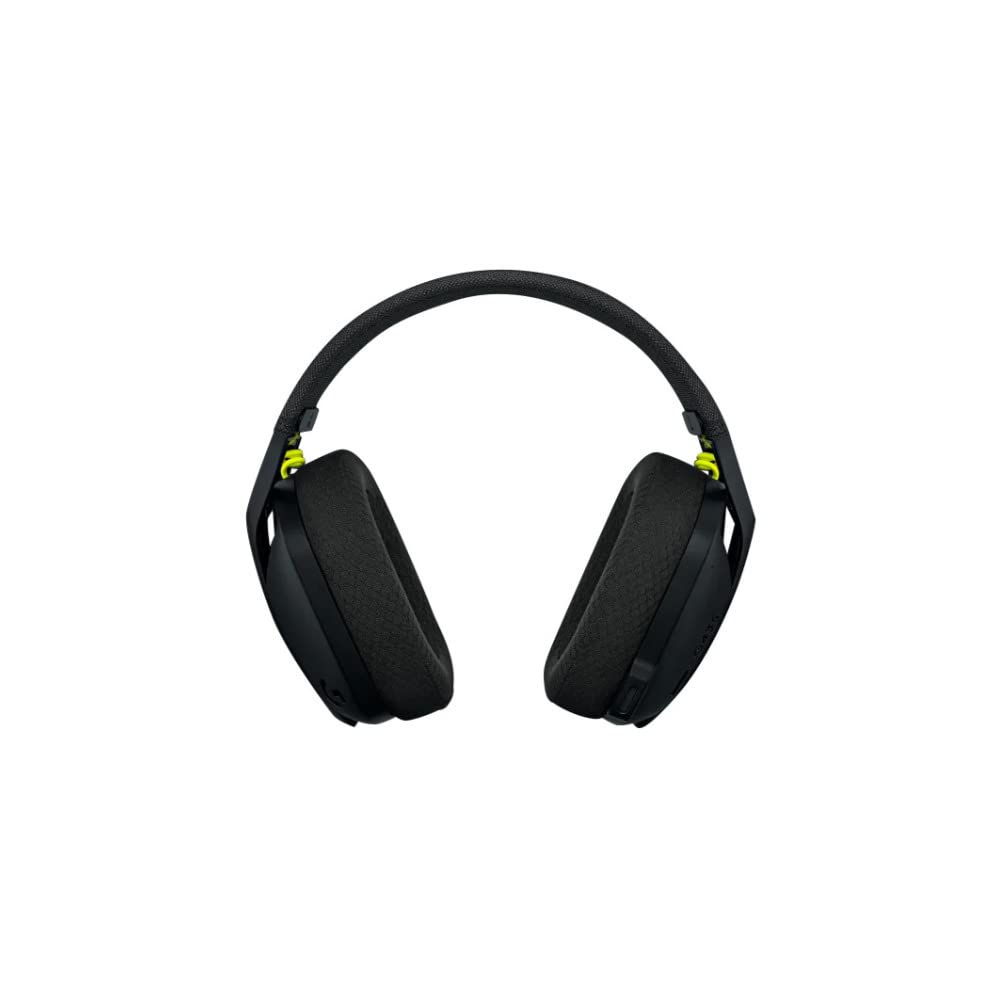In today’s digital age, video conferencing has become an integral part of communication for businesses, educators, and individuals alike. The right headset can significantly boost your audio quality and enhance your overall experience during virtual meetings. With many options available in the market, selecting the best headset for video conferencing can be overwhelming. This article will guide you through essential factors to consider, key features, and top recommendations for choosing the ideal headset that meets your needs.
Determine Your Needs
Identify How You’ll Use It
Before diving into the specifics, take a moment to assess how you’ll primarily use the headset. Will you be using it for business meetings, online classes, gaming, or casual calls with friends? Understanding your primary use case helps narrow down your options, ensuring you choose something appropriate for your needs. For instance, if you frequently attend video conferences for work, prioritize features such as noise cancellation, a comfortable fit, and high-quality microphone clarity. On the other hand, if you’re considering the headset for gaming, you might be more interested in immersive sound, surround features, and perhaps a more casual design.
Consider Your Environment
Your surrounding environment plays a crucial role in headset selection. If you work from a busy office with a lot of background noise, a headset equipped with active noise cancellation will be particularly helpful for blocking out distractions. Conversely, if you work from home in a quiet space or a dedicated office, the lack of noise may mean you don’t need such high-end features. Think about where you’ll use the headset most often and how that environment will impact your experience. Understanding this will help inform your decision and lead to a more satisfactory choice.
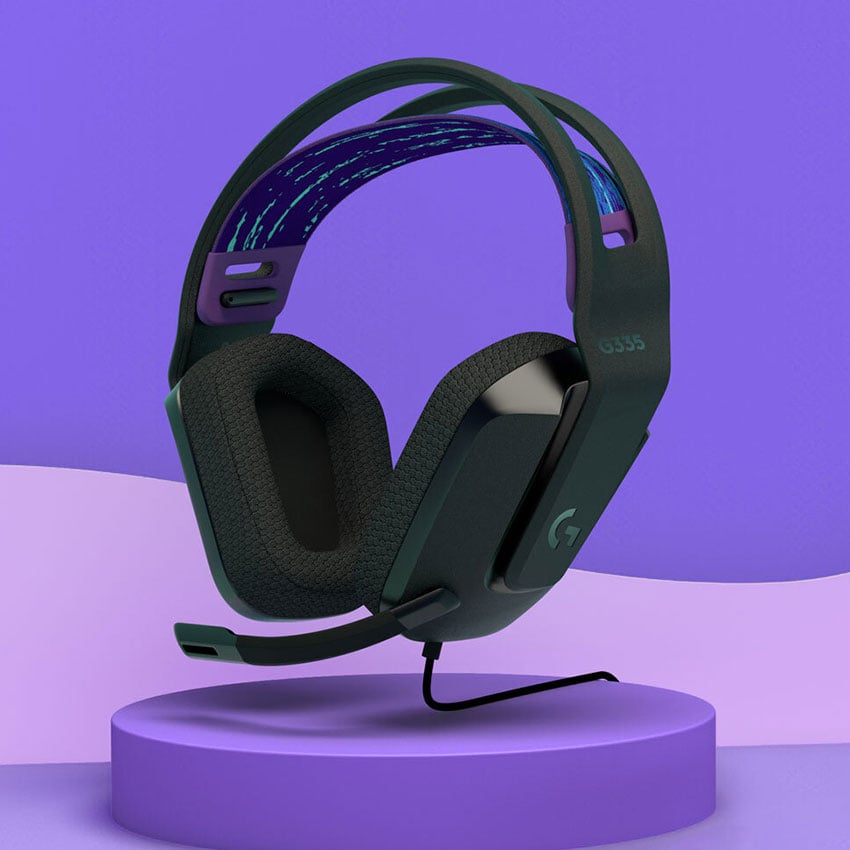
Comfort and Fit
Importance of Comfort
Comfort is key, especially for those who spend long hours in video calls. A poorly fitting headset can lead to discomfort, pain, or distractions during important meetings. Look for headsets with adjustable options, soft ear cushions, and a lightweight design. Comfort should be a primary consideration, as you want to be able to wear your headset for extended periods without feeling the pinch or pressure. Models that allow for padding adjustments can offer a personalized fit, ensuring that pressure points are minimized.
Try Before You Buy
If possible, try on different models before making a purchase. Many electronics retailers allow you to test the fit and comfort of headsets. Pay attention to how they feel during short trials; take note if they apply too much pressure, if they slip off too easily, or if the ear pads provide enough cushioning. Consider your hairstyle and whether you wear glasses, as these factors might influence comfort. A good fit is crucial for maintaining focus and productivity during video conferences, so take the time to find the right headset for you. Comfort directly correlates with how well you can engage during calls, making this a vital consideration.
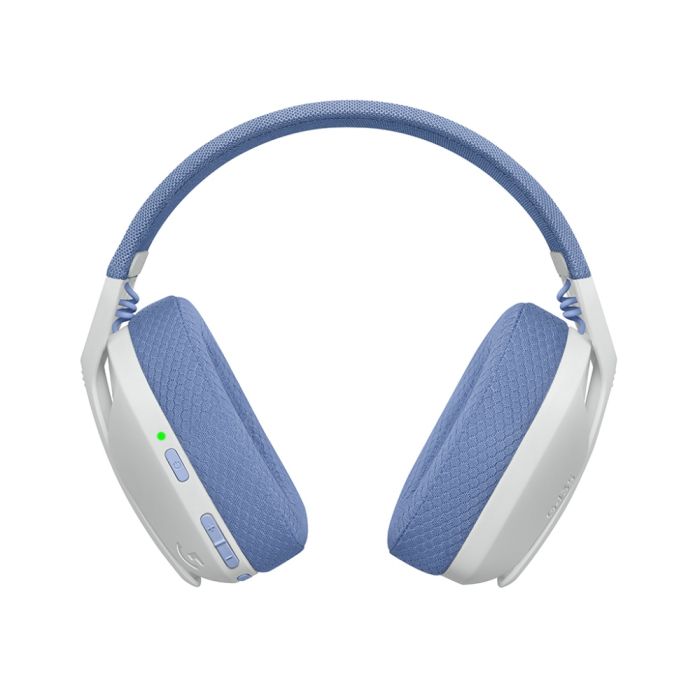
Sound Quality
Importance of Audio Clarity
Audio quality is paramount for successful video conferencing. Clear sound ensures that you can hear others without straining and that your voice comes through distinctly. Look for headsets equipped with high-quality speakers that can reproduce sound accurately, delivering a rich audio experience. A headset with a flat frequency response will provide balanced sound, ensuring that you can hear conversations clearly and that your voice sounds natural on the other end. Models with a wide frequency range often deliver better audio performance, providing clearer highs and rich lows that can make a significant difference during calls.
Microphone Quality Matters
Equally important is the microphone quality. For video conferencing, a noise-canceling microphone helps minimize background sounds, making your voice clearer to colleagues or classmates during discussions. Look for models that offer adjustable boom microphones, which can be positioned close to your mouth for optimal audio capture. Alternatively, some headsets now feature integrated microphones that provide excellent quality while remaining discreet. Good microphone quality helps improve communication and understanding during meetings, reducing the likelihood of miscommunication, and ensuring everyone is on the same page.

Connection Type
Wired vs. Wireless
When choosing a headset, consider whether you prefer a wired or wireless connection. Wired headsets often offer more reliable performance and eliminate concerns about battery life. The wired connection typically provides a consistent audio experience, which is crucial during important calls. However, if you lead a more dynamic lifestyle or need to move around while on calls, wireless headsets provide enhanced mobility. The freedom to roam without worrying about tripping over cables can significantly enhance your experience.
Check Compatibility
Ensure that the headset you choose is compatible with your devices. Most headsets connect via USB or 3.5mm audio jacks, but some may also offer Bluetooth connectivity. Make sure to double-check your laptop or device specifications before purchasing, as incompatibility can lead to a frustrating experience. Additionally, consider any software requirements; some headsets, especially those with advanced features, may require specific apps or drivers to function properly. Compatibility is essential for ensuring a smooth experience during video calls, so confirm that your chosen headset will work seamlessly with your technology.
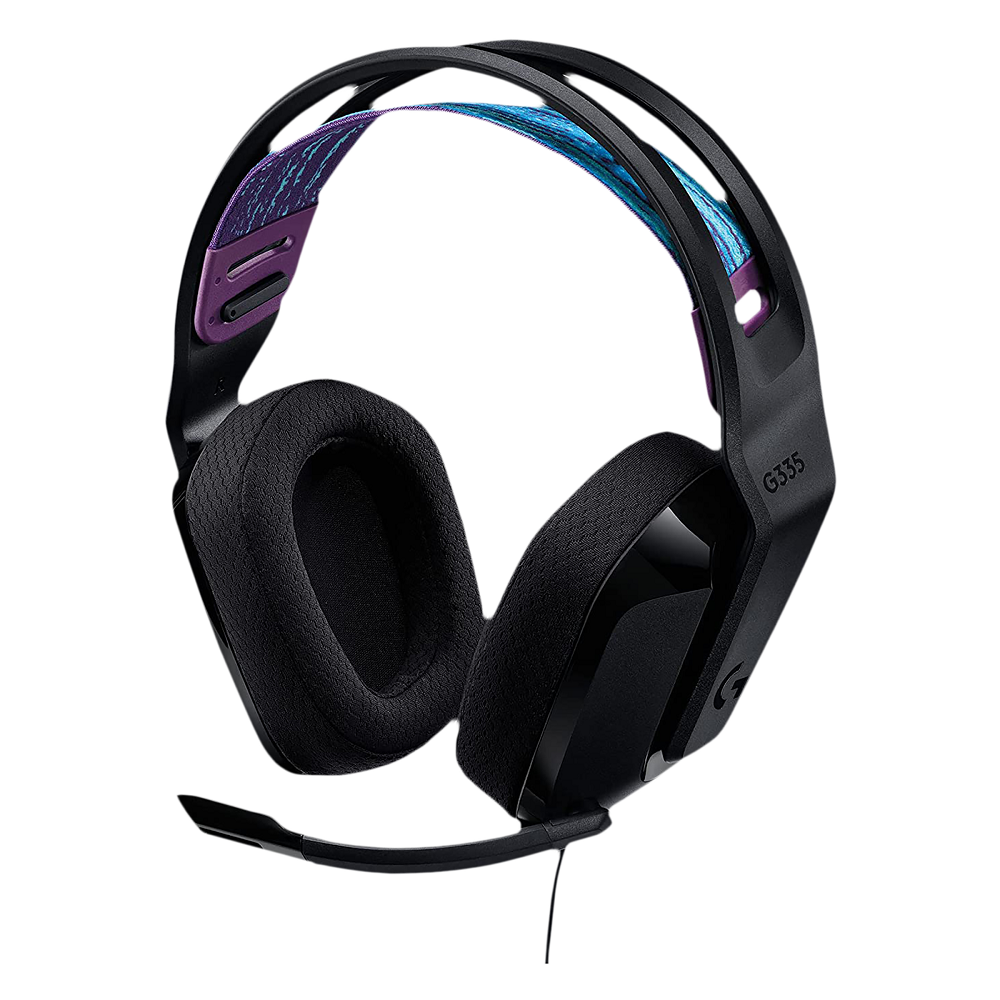
Additional Features to Consider
Noise Cancellation
Noise cancellation technology can drastically improve the experience during video calls by eliminating unwanted background noise. Adaptive noise cancellation adjusts in real-time based on your environment, ensuring clear audio during conversations. This feature is especially useful in open office settings or homes with ambient noise. Additionally, some headsets offer pass-through technologies that allow you to hear your environment when necessary. This balance enables conversation without removing the headset, making it versatile for multitasking.
Battery Life for Wireless Headsets
If you opt for wireless headsets, battery life becomes a critical consideration. Look for models that offer long battery life—ideally 15 hours or more—to minimize interruptions during long meetings or workdays. Some wireless headsets come with quick-charge options, providing hours of use after just a short charging period. Projects or events can extend for hours, and knowing you can rely on consistent performance offers peace of mind. Always check reviews for real-world battery performance, as manufacturers’ claims may not always align with user experiences. Aim to strike a balance between battery longevity and the ability to recharge efficiently when needed.
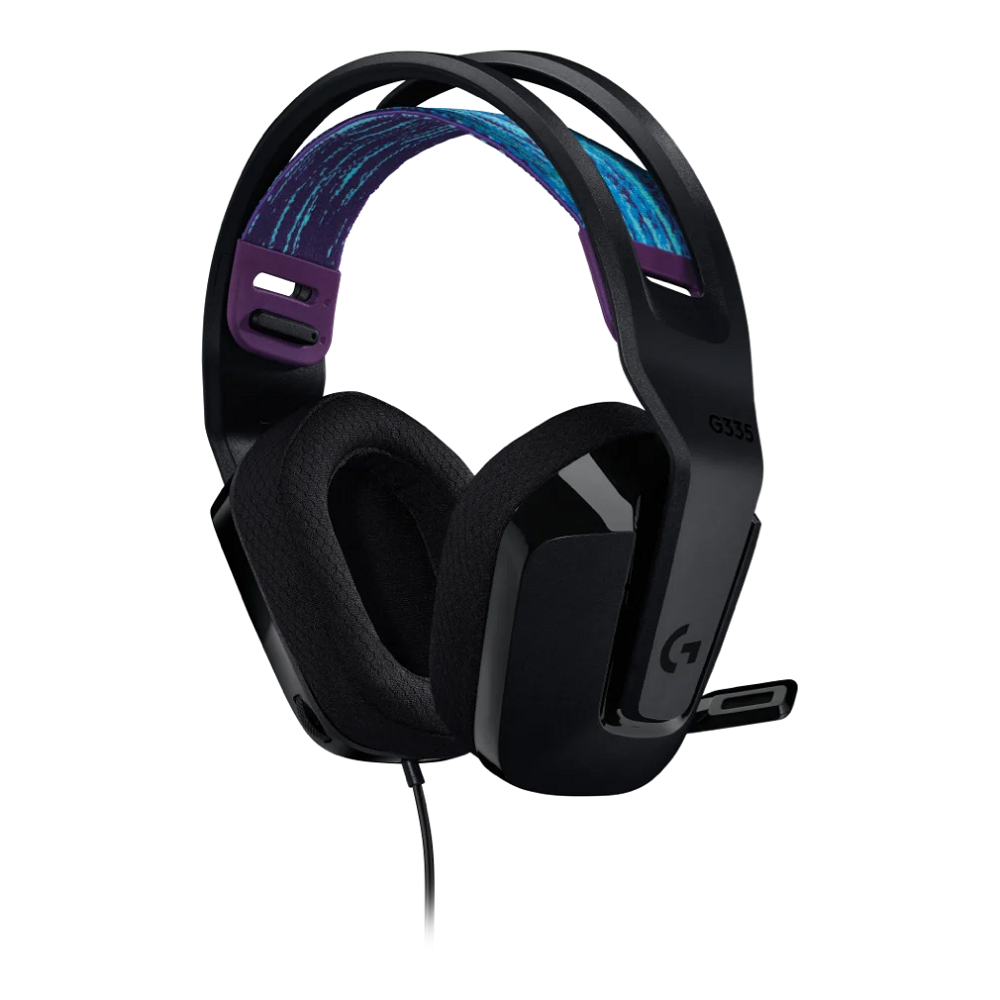
Budget Considerations
Set a Reasonable Budget
Before diving into your selection process, set a budget that reflects your needs and comfort level. Headsets come in a range of price points, from budget-friendly options under $50 to high-end models that can exceed $300. While it may be tempting to go for the cheapest option, investing a little more can lead to a better experience. Consider how often you plan to use the headset and factor in the cost-per-use estimate. If it’s a daily tool, a mid-range model may actually save you money in the long run by avoiding frequent replacements.
Balance Features and Cost
Evaluate the features you need against your budget. Consider what aspects are essential for your video conferencing needs. For instance, if sound quality and microphone clarity are top priorities, it might be worth spending extra for a reliable headset. However, if you’re more cost-sensitive and need an entry-level option, look for dependable brands that offer good quality at a lower price. You can often find hidden gems that provide solid performance without breaking the bank. Look for sales or discounts as well—many retailers offer promotions that can help you snag a great deal without compromising on quality.
Reviews and Recommendations
Check User Reviews
Before making your final decision, take the time to read user reviews and expert opinions. Websites like Amazon, Best Buy, and dedicated tech review sites provide valuable insights into the performance and reliability of different headsets. Pay particular attention to customer experiences regarding comfort, sound quality, and durability. When hundreds of users report the same issue—whether it’s related to battery life, comfort, or audio quality—taking note of their insights can save you both time and frustration.
Explore Recommendations from Trusted Sources
Consult reputable tech blogs or forums for recommendations on headsets specifically designed for video conferencing. These sources often conduct hands-on testing and provide comparative analyses among different models. Many tech websites have dedicated sections for headsets that include buyer’s guides and top picks for various use cases. Recommendations from trusted sources can help you navigate the sea of options available and lead you to the perfect headset for your specific requirements, ensuring you invest in a quality product.
Making the Right Choice
Choosing the right headset for video conferencing isn’t just about picking the most popular or expensive model. It’s about selecting one that fits your specific needs and comfort. Consider factors such as comfort, sound quality, connection type, additional features, and your budget. Take the time to read reviews and seek recommendations to ensure you make an informed choice.
Ultimately, whether you opt for a wired or wireless headset, remember that the right choice can enhance your video conferencing experience significantly. Good audio quality, comfort, and tailored features will foster clear communication and focus during meetings, improving both your productivity and engagement. So, take your time, evaluate your options, and find the perfect headset that meets your needs for successful video conferencing. By doing so, you’ll not only enhance your virtual interactions but also ensure a more enjoyable and effective communication environment in today’s connected world.
